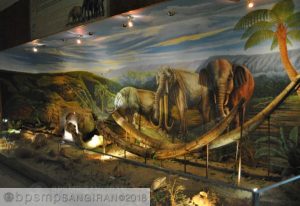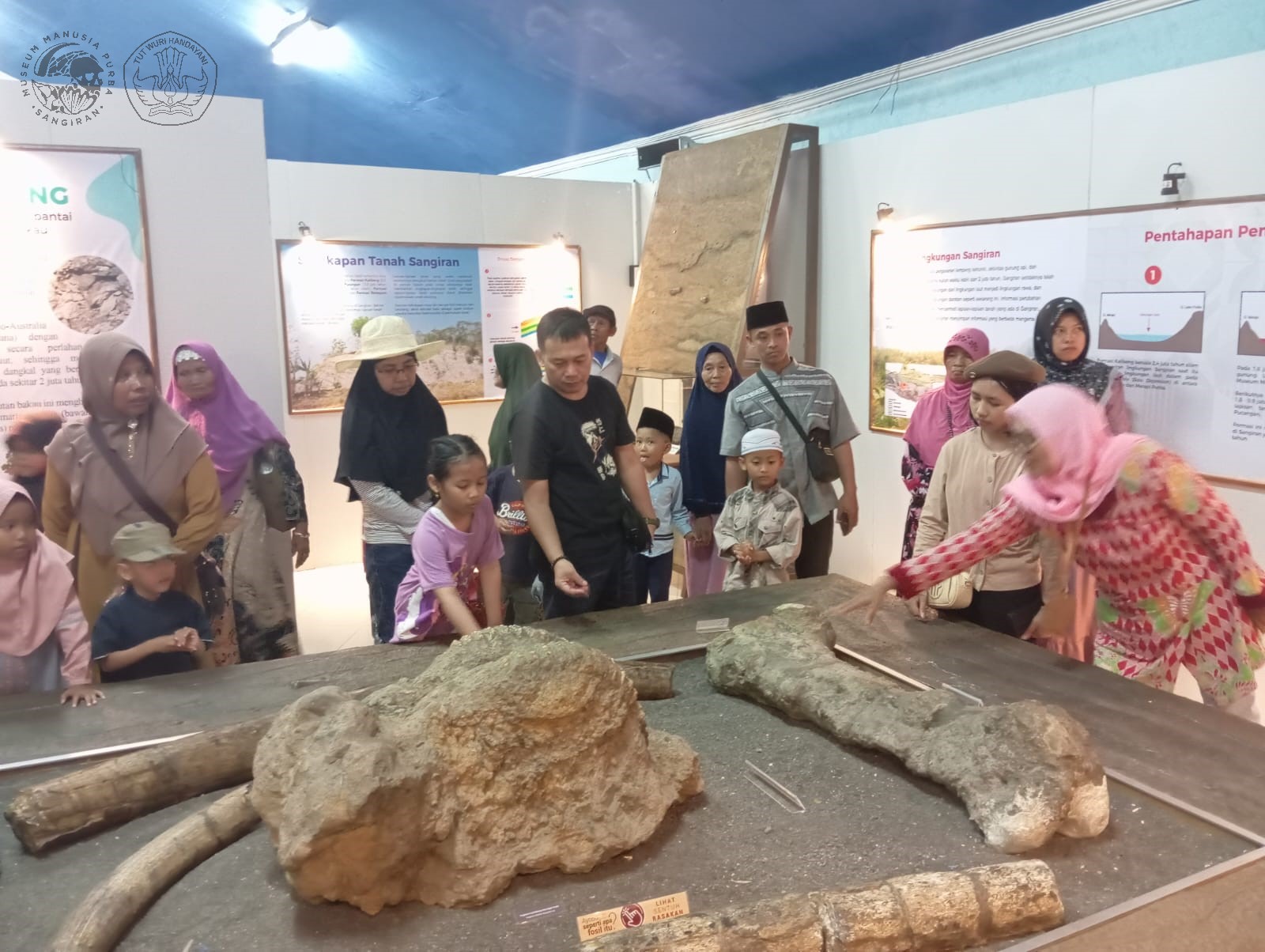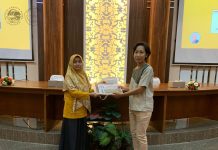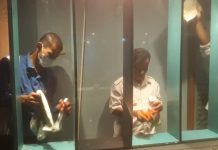“If a nation is a family that lives with and in its cultural home, then the museum can be understood as a family album. In that album the photos of the whole family are stored and compiled from every time and generation. The photos are looked at and not just visiting and visiting a past, because time does not only consist of the dimensions of yesterday, today and tomorrow morning. The photos are time which is a place to look at and interpret it all, not just events but also the meaning behind those events. The meaning of all identities inside and outside the city. The photos are finally no longer understood as objects” (HU People’s Mind, February 22, 2001.
The description above shows that museums do not only function as institutions that collect and display objects related to the history of the development of human life and the environment, but it is also an institution that also has the duty to foster and develop national cultural values, strengthen faith and devotion to God, and increase self-esteem and national pride.

In education world, the existence of the museum is an inseparable one, because its existence is able to answer various questions that arise in the learning process especially related to the history of human development, culture and environment. The museum is very closely related to history, the object is indeed created and established for the preservation of historical values. In this case the museum is a forum or media for gathering and safeguarding natural and cultural heritage to preserve cultural values and maintain the historical value of the nation, because museum provide a source of information covering all aspects of culture and environment. The museum provides various kinds of sources of inspiration for innovative creativity needed in national development.
Then, what memories can we get if we come to the museum?
Museum is a place for someone to care for memories of events or events that have occurred in the past. The event that according to historians is einmaliq, only once happened, could not be repeated again. It’s like an arrow when it’s released from its bow, it won’t come back again. The museum also represents the historical periodization through the collections on display. One of them is the early Sangiran human museum. from the name alone, this museum represents a period of prehistoric times in Indonesia, especially the Sangiran site.
like other paleanthropology sites, the situation in the Sangiran site has not fully reflected anything, with arid landscapes and unable to tell much about human, cultural and environmental evolution to the wider community. Therefore, so that the information messages of the Sangiran site reach the community are needed by the museum.

Sangiran as one of the most complete early human sites in Indonesia and even in the world, it has gained popularity through the discovery of various fossils and artifacts. Findings of homo erectus skull S17 (one of the two most complete findings of ancient human Homo erectus skulls in the world), Sangiran Flakes Industry, the legend of Sangiran and the myth of giant bone, the wealth of fossil and artifacs from Sangiran’s earth, track record of top researchers disangiran such as G.H.R von koenigswald, G.J Barstra, T.Jacob, R.P. Soejono, Sartono, Truman Simanjuntak and Harry Widianto. Besides that, there is a complexity of disangiran land stratigraphy with an age range of 2.4-250 thousand years marked by the formation of kalibeng, pucangan, grenzbank, kabuh and notopuro) are some aspects that helped boost the chaos in the world of science, especially prehistoric knowledge. All of these can be witnessed in the track record of the early Sangiran human museum.
As a world cultural heritage, recording and treating memories of sangiran is a simple way we leave a legacy to future generations. (MJ) translated by: Mutiara Sholikah




